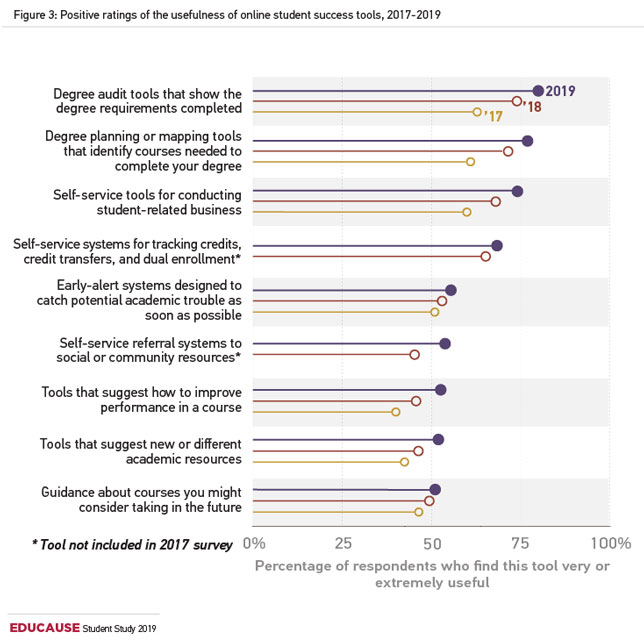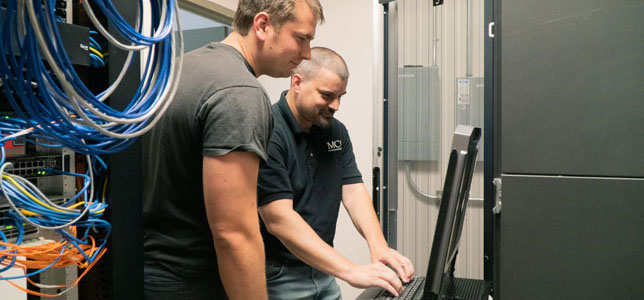
An initiative between Arizona State University and telecommunications company Sprint will focus on 5G and the Internet of Things. The multiyear program will build on 5G connectivity in place on campus, produce new IoT curriculum and launch a spate of joint research projects.

If schools were wondering whether student success tools are worth the investment, a survey among students by Educause has put the question to rest. Students rated degree audit tools that show the degree requirements completed as the most useful (ranked by 80 percent of respondents as "very" or "extremely" useful).
A big WiFi upgrade at West Texas A&M University's Buffalo Stadium is enabling a number of digital "game day" experiences, including social sign-in, mobile ticketing, access to real-time stats, streaming video and more.
The company’s Wireless Intelligence Platform uses artificial intelligence to identify potential WiFi connection threats and provide actionable steps to optimize performance.

The DNSWatchGO solution from WatchGuard Technologies alerts educators about real-time phishing attempts and protects them against malicious websites both on and off school premises.

Seneca College is utilizing the latest generation of Aruba's WiFi access points to boost its network capabilities to handle more devices and boost connectivity speeds.

A clever use of software-defined network virtualization took Mohave Community College from a crippling 72-hour outage to a 45-minute (and still dropping) recovery time.

New forms of wireless technology are poised to enable emerging tech such as robots, drones, self-driving vehicles and more, according to a recent assessment by Gartner. The research firm identified 10 key wireless trends worth watching as the technology continues to develop over the next five years.

On the heels of wrapping up a 10-year network master plan, Indiana University has gone public with a new plan to undertake a massive upgrade of its network infrastructure. The university said it intends to build up its administrative and learning environment to support a quarter of a million concurrent devices across all of its nine campuses.
The FCC is moving forward with a plan to auction off spectrum from the Educational Broadband Service to commercial providers.